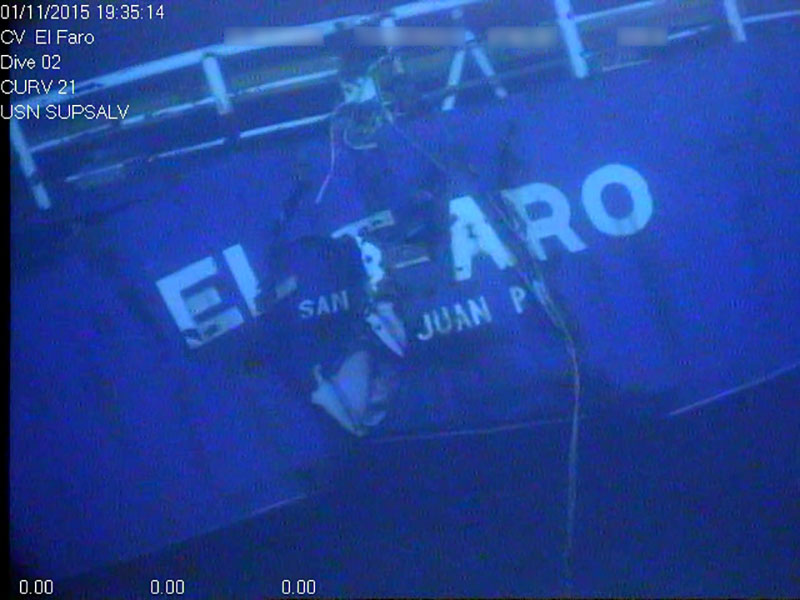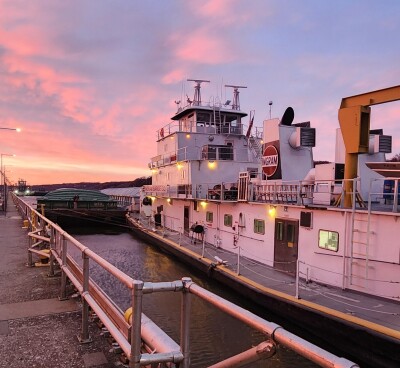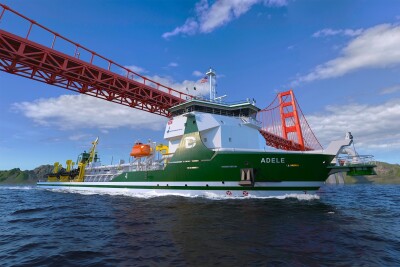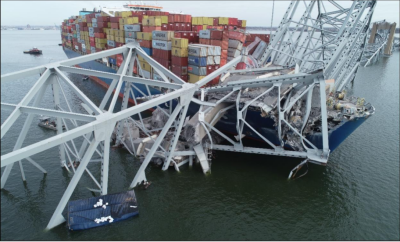The National Transportation Safety Board could not have determined what sank the El Faro with her crew of 33 had it not been for help from experts in deep ocean exploration, said Brian Curtis, director of the agency’s marine safety office, at the International WorkBoat Show in New Orleans Wednesday.
“We never found any personal items from the crew,” Curtis said of the 2015 sinking of the 790’ ro/ro containership in Hurricane Joaquin. “We had no vessel, we had no survivors.”
All that the NTSB and Coast Guard had in those first days was a recorded phone call from El Faro captain Michael Davidson to ship operators TOTE Maritime in Florida, telling them the vessel was in imminent danger.
But investigators knew the El Faro carried a voyage data recorder, a capsule mounted atop the main house that contained a digital memory stick that would have at least 12 hours of crew conversations on the bridge.
“Now, we’re looking for something the size of two basketballs in the ocean, and we don’t even know where the ship went down,” Curtis recalled.
The deep-sea collaboration that followed brought the Coast Guard and NTSB into close partnership with the Coast Guard and Woods Hole Oceanographic Institute based on Cape Cod, Mass. Two missions to the area of the sinking east of the Bahamas by the Navy salvage ship Apache and the Woods Hole research vessel Atlantis located the wreck of the El Faro in 15,000’ of water, the upper decks of the house torn off in the sinking, and finally the VDR itself.
Retrieved in a third sortie by the Apache, the VDR was brought ashore and 26 hours of conversations analyzed – the key evidence for an investigation that brought 53 safety recommendations. Those are becoming part of the biggest reforms of maritime safety in decades with legislation recently passed by Congress.
The undertaking with Woods Hole made big strides in the NTSB’s ability to find and retrieve debris from deep underwater, and “we’ll continue that partnership going forward,” said Curtis.





